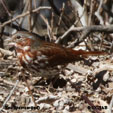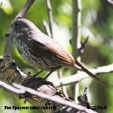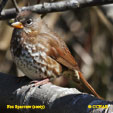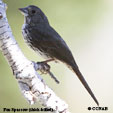North American Bird Search Box
This search box can be used to find bird species using bird's english, french or latin name, or to identify bird by its 4 letter Alpha Code
Field Guide for all the Birds of North America
Fox Sparrow
4 Letter (english names) Alpha Code: FOSP (1)
Bruant fauve
Passerella iliaca
Information, images and range maps on over 1,000 birds of North America, including sub-species, vagrants, introduced birds and possibilities
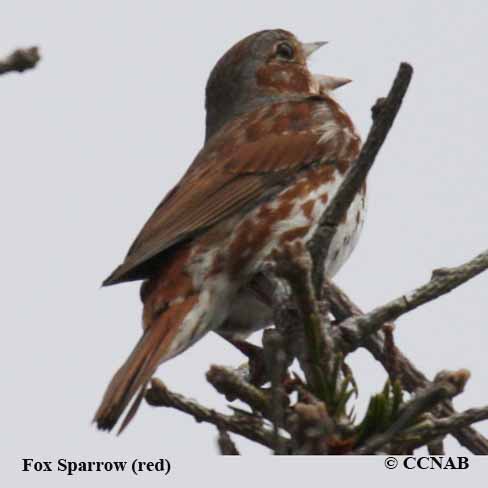
There are at least four types of sub-species of the Fox Sparrow. This large sparrow is seen throughout all the northern forests in North America. The Fox Sparrow (red) is the most common and widespread and it is seen from Alaska to Newfoundland and Labrador. The Fox Sparrow (large-billed) is seen in the western Rocky Mountains, from the US/Canadian borders right into central mountains of California. The Fox Sparrow (slate-colored) can be found in the same areas, but reaching out into Colorado. The Fox Sparrow (sooty) is seen from Alaska, south through the western regions of Canadian Rocky Mountains, right into Oregon.
North American Bird Calls
- Click here
- Click here
- Summer
- Year Around
- Winter
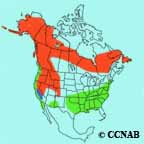
The Fox Sparrow is a shy bird, and most times, it is very difficult to find. In breeding season, it will perch on the top of conifers, where it will sing throughout the day. These sparrows feed on the ground. They will be seen scratching and turning over the forest floor, much like a farmyard chicken, in search of insects and grubs. These sparrows return early to their breeding territories in the spring and will only leave these areas in late fall.
Reference to Other Bird Site:
ABA - American Birding Association This site represents an organization that maintains official records of all birds species that have been proven to have been seen inside the perimeters of the North American Continent and the surrounding bodies of water. Regular revised versions are posted to keep the bird list current at all times. This is the list used by all serious birders over their lifetime. You may be aware of the movie called the "Big Year". It was with this list that all the competing birders used in an attempt to set a new record as to how many bird species that could be seen by an individual birder in one calendar year.
